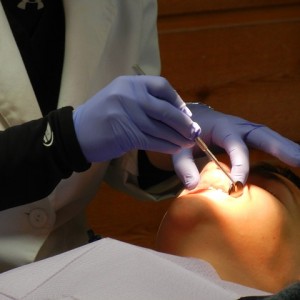Invisalign vs. Wired Braces
If you have just made up your mind to get braces to align your teeth, then the first question that will probably pop up in your mind is whether to use the regular wired braces or opt for Invisalign. Choosing the right type of braces is not an easy job, especially if you don’t have much of an idea about their individual effectiveness. You must be asking yourself, which one will be a better choice? What’s the cost of each one?
Some people might not feel as comfortable when going out in the crowd wearing braces. After all, a perfect smile says a lot about your personality and boosts your self-esteem. If you want to get straight teeth in no time without covering up your smile, then choosing Invisalign braces is the ideal choice for you. These braces are virtually invisible and serve as an aesthetic alternative to conventional wired braces.
All You Need To Know About the Two Options
The common goal for both regular and Invisalign braces is the same – to straighten the teeth while simultaneously improving oral health and allowing you to speak and smile beautifully and confidently.
Wired Braces
These are known as wired braces mainly because they consist of metallic brackets, which are then glued to the teeth. A wire is then placed through the brackets and tied on with small medical bands of rubber which are available in many other colors.
Invisalign Braces
Invisalign braces are virtually invisible. The aligners are made with smooth, comfortable, BPA free plastic materials, which allow you to easily wear them and make for less emergency visits. Before your orthodontist has your Invisalign aligners created, they will take you for an x-ray and a 3-d digital scan which is then used to replicate a digital model of your teeth and configure the tray aligners in the appropriate manner.
Differences
Wired Braces
- You are able to choose what colors you would like to have at every visit.
- They are fixed to your teeth throughout the duration of your treatment
- You must ensure that you brush the wires regularly to avoid the buildup of bacteria or plaque.
- You must visit the dentist regularly for follow ups.
- You won’t be able to chew hard meals or anything particularly chewy.
Invisalign
- Invisalign aligners are virtually invisible.
- You are encouraged to wear them for 22 hours out of the day, they are removed only for eating or drinking anything that is not water.
- Maintaining and cleaning your teeth throughout treatment is easy.
- Follow-up visits are less frequent than traditional braces.
- You can chew any meal without worrying about discomfort or breakage.

